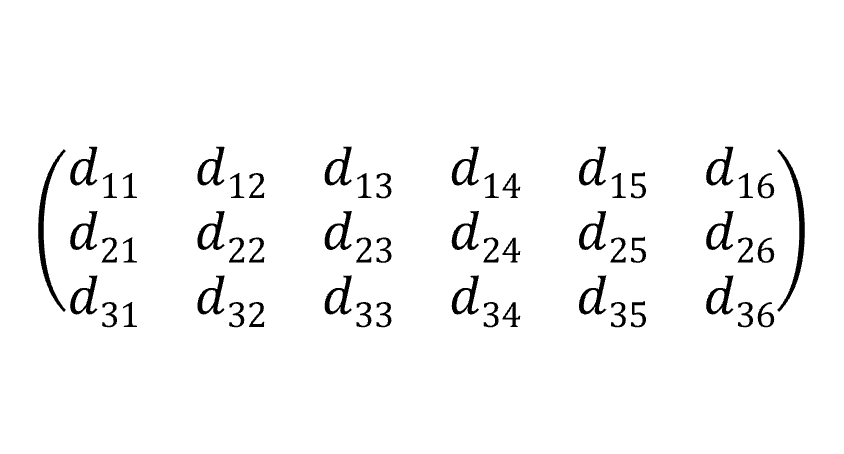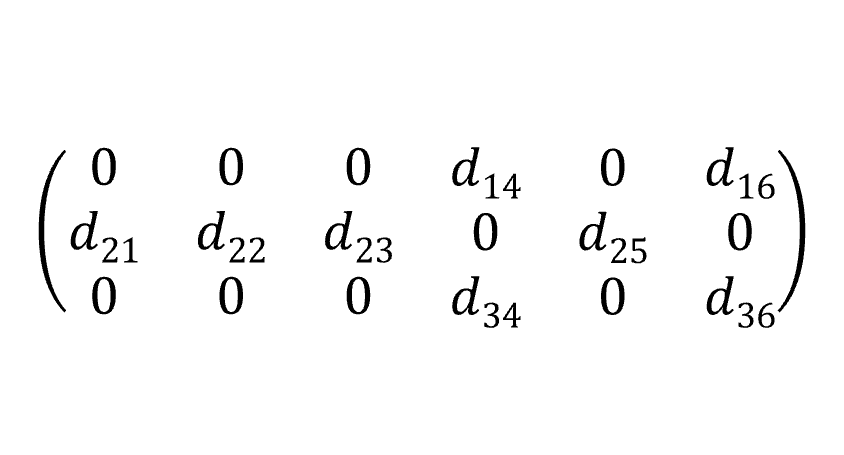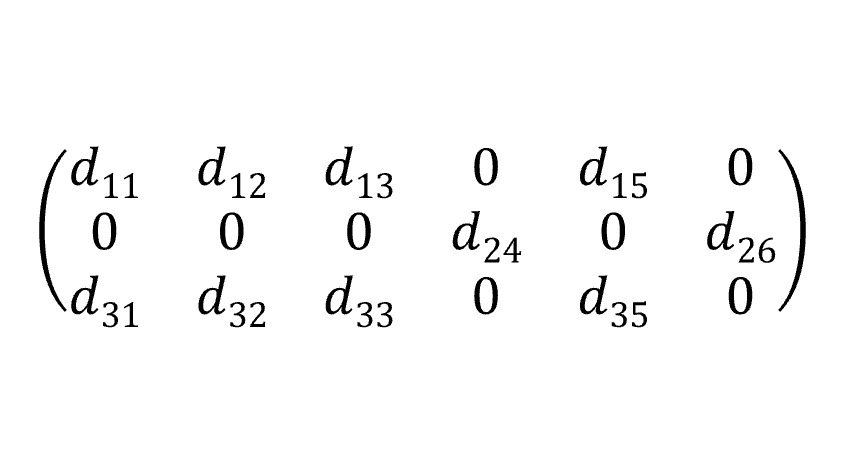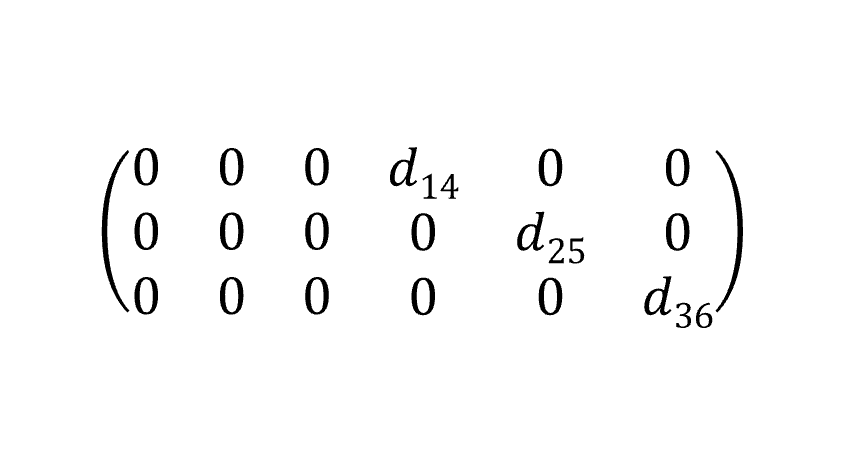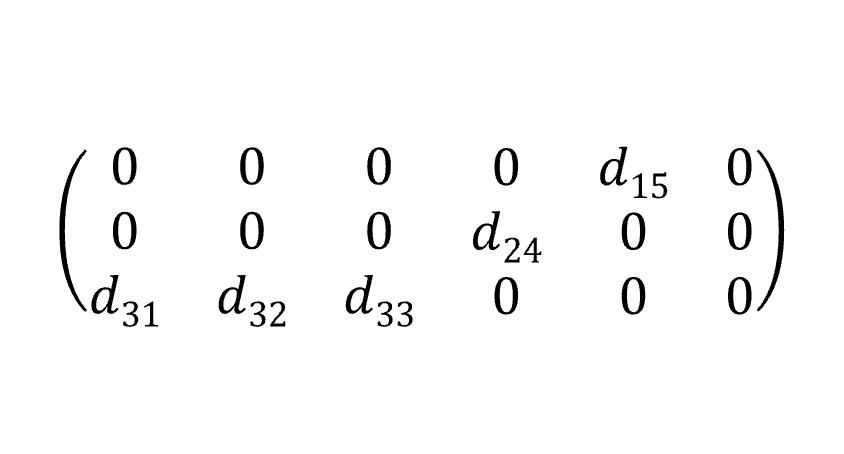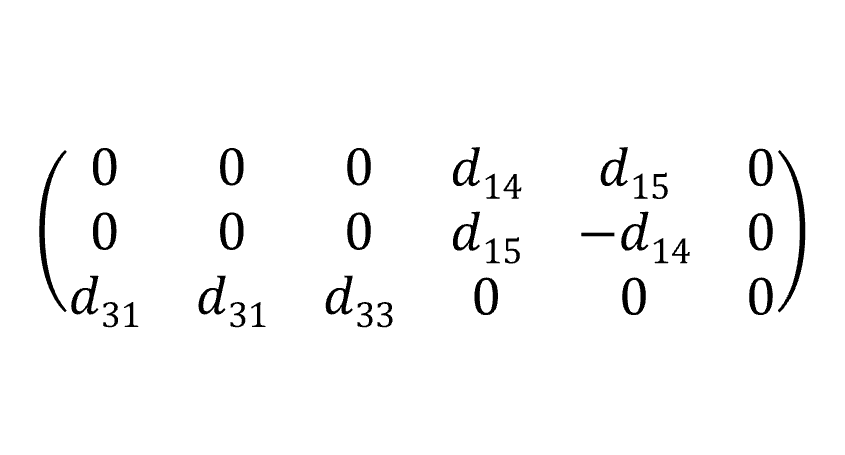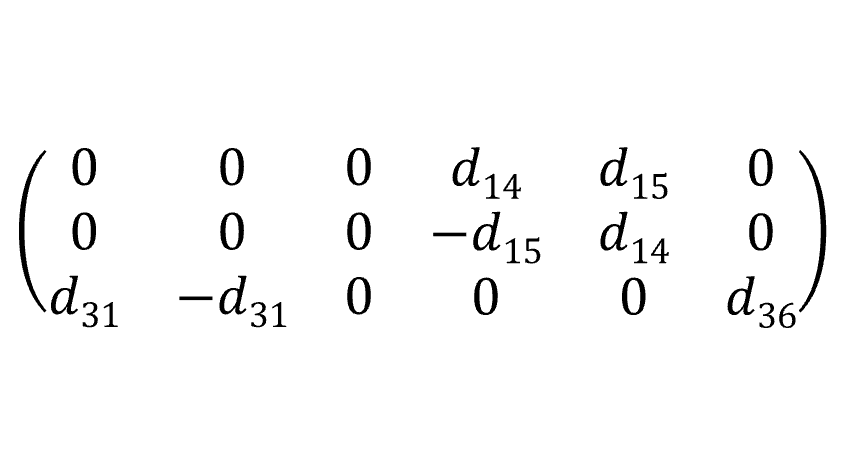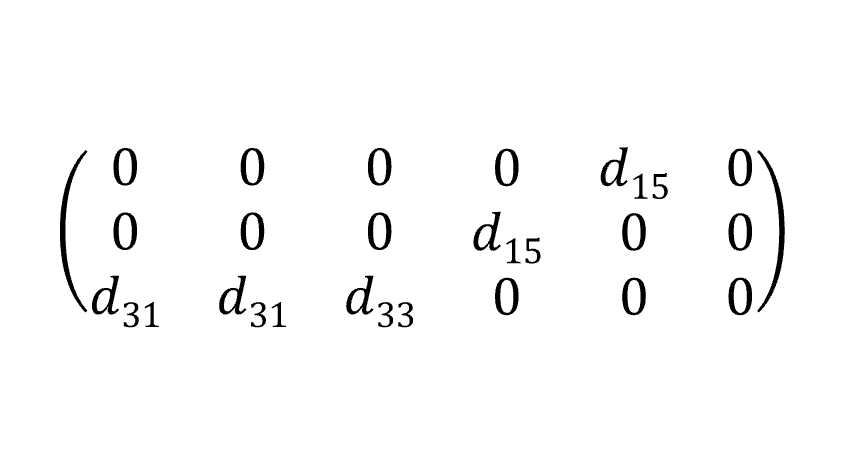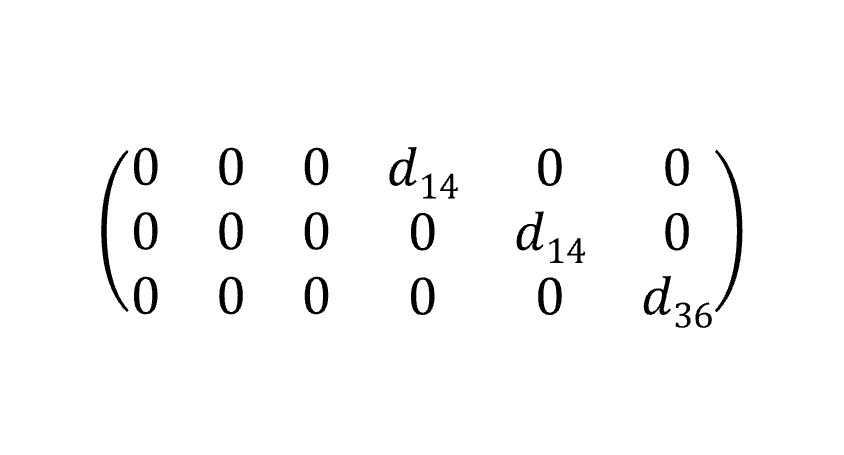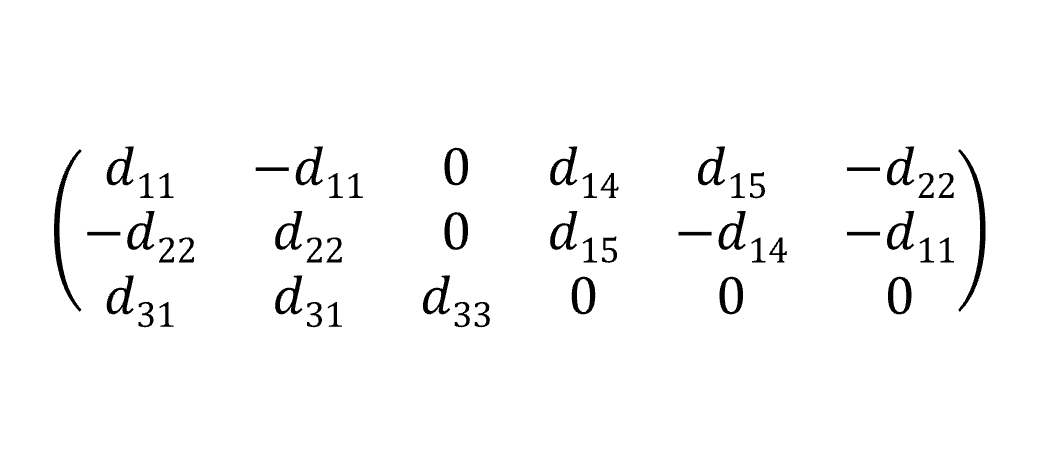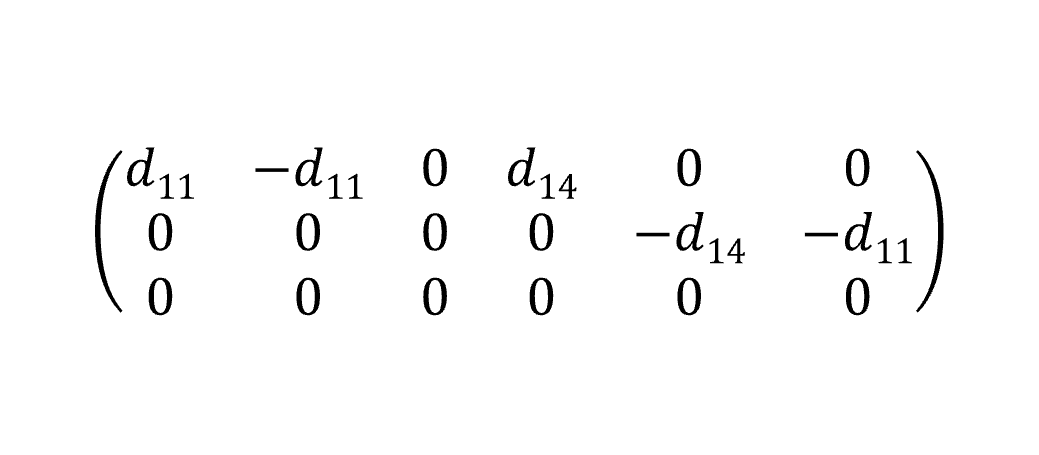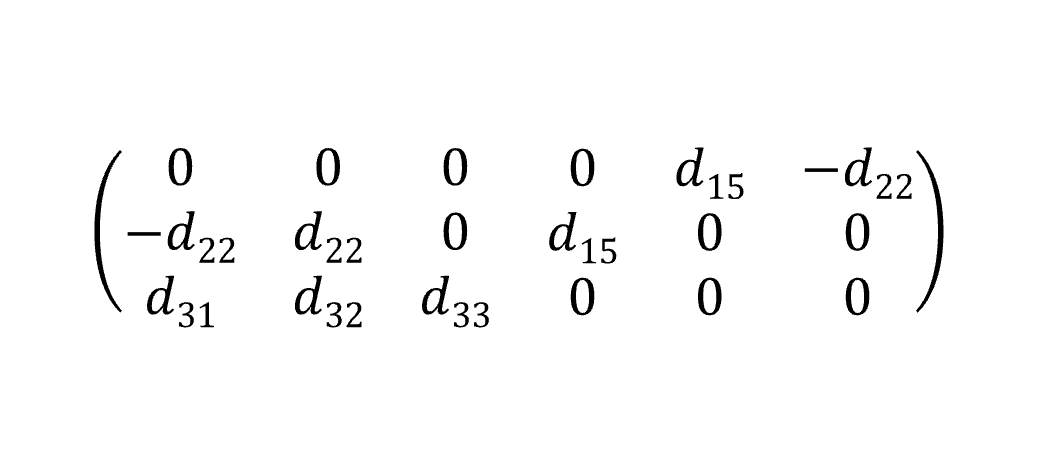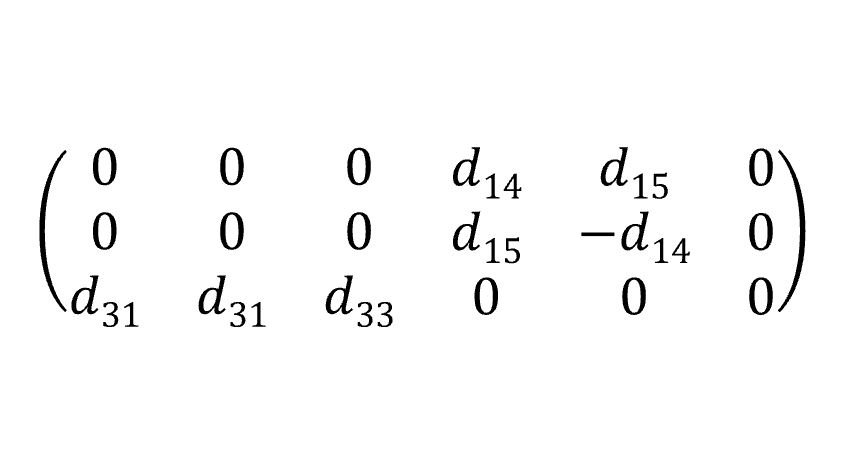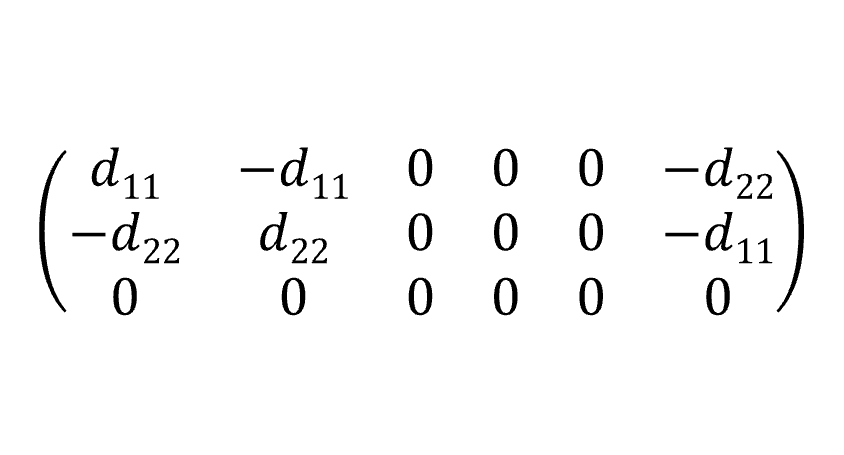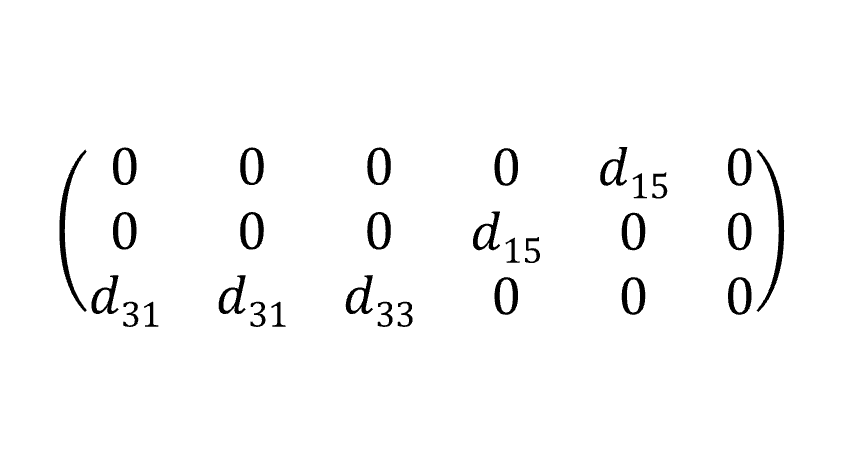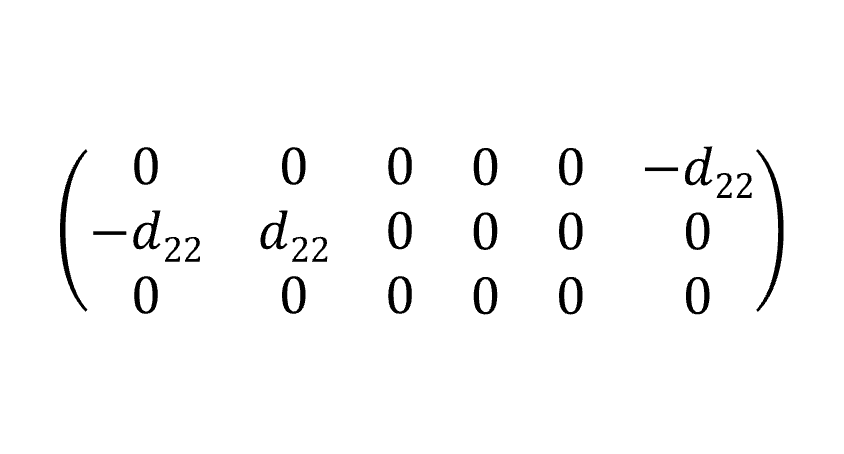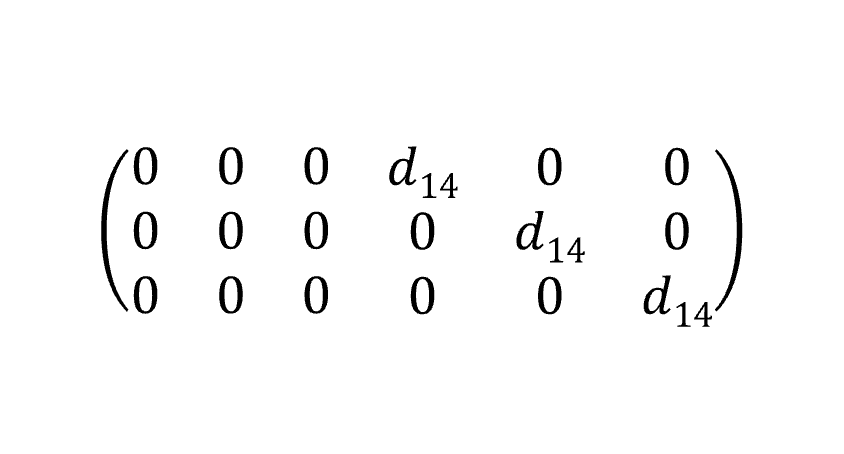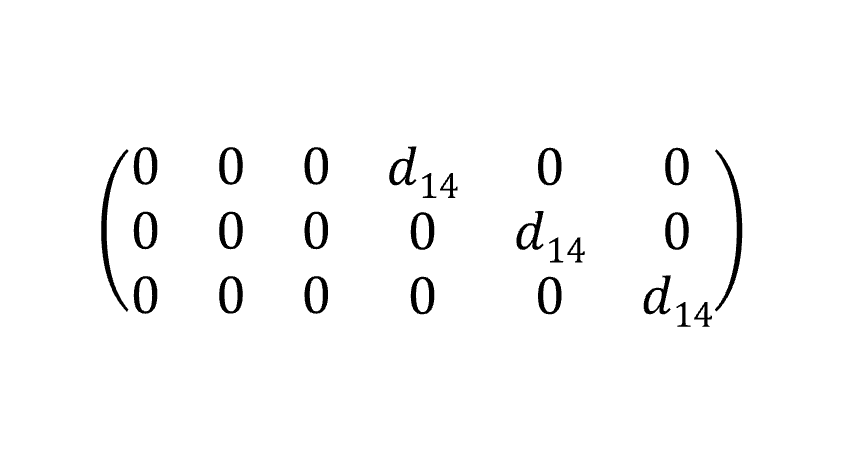Authored by: Dr. S. Vishnoi
Piezoelectricity is the property of certain materials to generate an electric charge when subjected to mechanical stress. This phenomenon arises from an asymmetric distribution of charges within the crystal structure, where mechanical deformation induces polarisation. Piezoelectric materials are essential for sensors, actuators, energy harvesters, and a wide range of advanced technologies.
Piezoelectricity is inherently linked to a crystal's symmetry. Out of the 32 crystallographic point groups, 21 are non-centrosymmetric. Centrosymmetric structures cannot produce a net polarisation under stress, so non-centrosymmetric symmetry is a fundamental requirement Ref. 1. Among these 21 non-centrosymmetric point groups, 20 exhibit piezoelectricity, with point group 432 being the only exception. The absence of piezoelectricity in this group is due to its high symmetry, which cancels out the net polarisation under mechanical stress. Understanding which point groups allow piezoelectricity is crucial for designing materials for various applications.
The 20 piezoelectric point groups are:
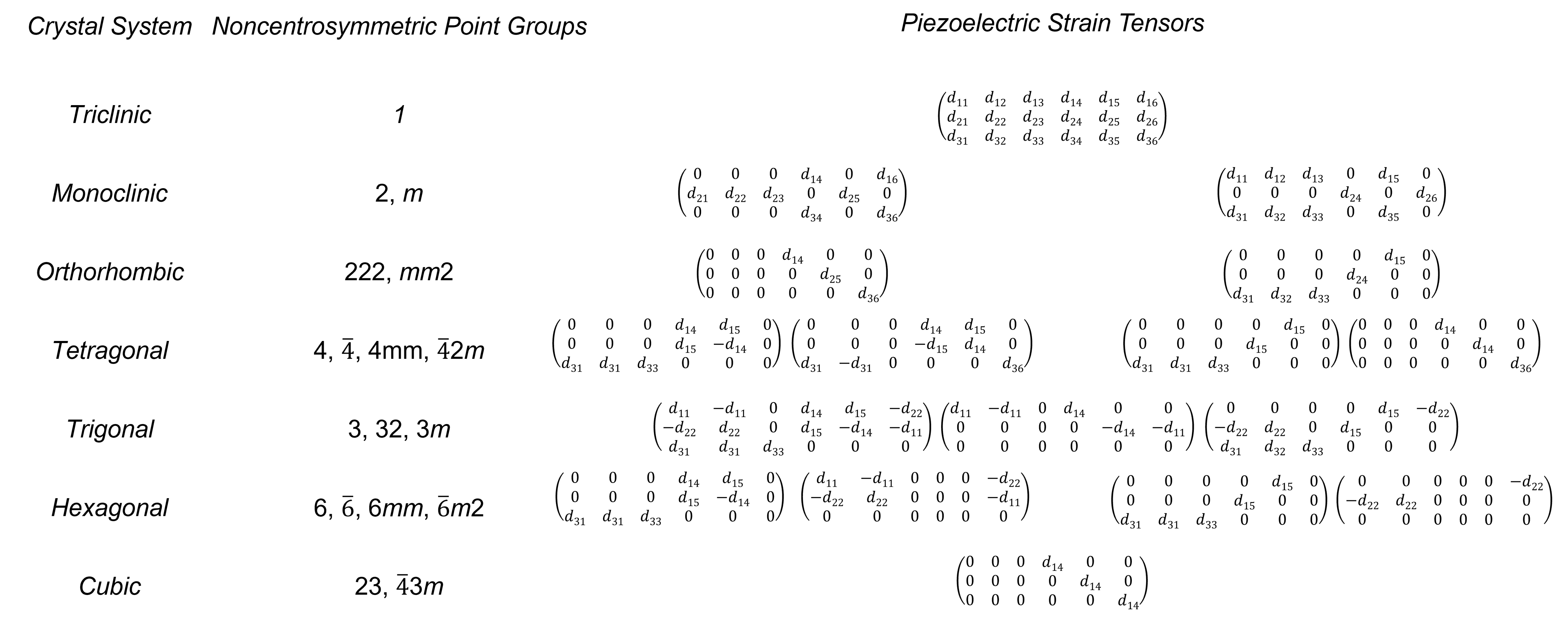
Figure: Piezoelectric strain coefficient tensors for non-centrosymmetric point groups in different crystal system types. The matrices of piezoelectric coefficients are arranged according to the sequence of point groups in the second column, with only 18 non-centrosymmetric point groups listed out of 21. Piezoelectric point groups 422 and 622 are excluded, as no electric charge is generated under applied compression; these groups display only transverse compressional or torsional piezoelectric effects. Additionally, in the non-centrosymmetric point group 432, all piezoelectric moduli are zero due to its high symmetry Ref. 1.
Out of the 20 piezoelectric point groups, ten are polar and ten are nonpolar:
- Polar point groups (which exhibit spontaneous polarisation and are pyroelectric): 1, 2, m, mm2, 4, 4mm, 3, 3m, 6, 6mm
- Nonpolar point groups: 222,4 , 4 2m, 422, 32, 6 , 6 2m, 622, 23, 4 3m
The polar point groups demonstrate spontaneous polarisation, classifying them as pyroelectric. In some cases, this spontaneous polarisation can be reversed under an external electric field, making these materials ferroelectric. Understanding the relationship between piezoelectricity and crystal symmetry is key to designing materials with optimised properties for applications like flexible electronics, self-powered sensors and even catalysis driven by mechanical forces. Our Actuate Lab is at the forefront of researching these advanced materials, pushing the boundaries of piezoelectricity to unlock new possibilities.
What is Piezoelectricity?
Piezoelectricity is the property of certain materials to generate an electric charge when subjected to mechanical stress. This phenomenon arises from an asymmetric distribution of charges within the crystal structure, where mechanical deformation induces polarisation. Piezoelectric materials are essential for sensors, actuators, energy harvesters, and a wide range of advanced technologies.
Piezoelectric Point Groups
Piezoelectricity is inherently linked to a crystal's symmetry. Out of the 32 crystallographic point groups, 21 are non-centrosymmetric. Centrosymmetric structures cannot produce a net polarisation under stress, so non-centrosymmetric symmetry is a fundamental requirement Ref. 1. Among these 21 non-centrosymmetric point groups, 20 exhibit piezoelectricity, with point group 432 being the only exception. The absence of piezoelectricity in this group is due to its high symmetry, which cancels out the net polarisation under mechanical stress. Understanding which point groups allow piezoelectricity is crucial for designing materials for various applications.
The 20 piezoelectric point groups are:

Figure: Piezoelectric strain coefficient tensors for non-centrosymmetric point groups in different crystal system types. The matrices of piezoelectric coefficients are arranged according to the sequence of point groups in the second column, with only 18 non-centrosymmetric point groups listed out of 21. Piezoelectric point groups 422 and 622 are excluded, as no electric charge is generated under applied compression; these groups display only transverse compressional or torsional piezoelectric effects. Additionally, in the non-centrosymmetric point group 432, all piezoelectric moduli are zero due to its high symmetry Ref. 1.
Out of the 20 piezoelectric point groups, ten are polar and ten are nonpolar:
- Polar point groups (which exhibit spontaneous polarisation and are pyroelectric): 1, 2, m, mm2, 4, 4mm, 3, 3m, 6, 6mm
- Nonpolar point groups: 222,
The polar point groups demonstrate spontaneous polarisation, classifying them as pyroelectric. In some cases, this spontaneous polarisation can be reversed under an external electric field, making these materials ferroelectric. Understanding the relationship between piezoelectricity and crystal symmetry is key to designing materials with optimised properties for applications like flexible electronics, self-powered sensors and even catalysis driven by mechanical forces. Our Actuate Lab is at the forefront of researching these advanced materials, pushing the boundaries of piezoelectricity to unlock new possibilities.
